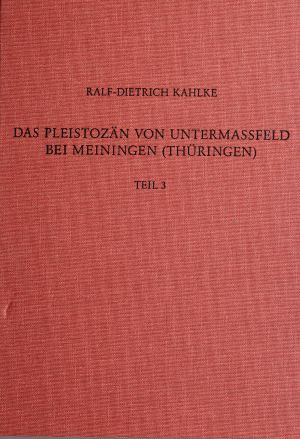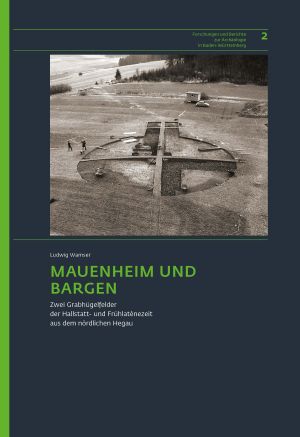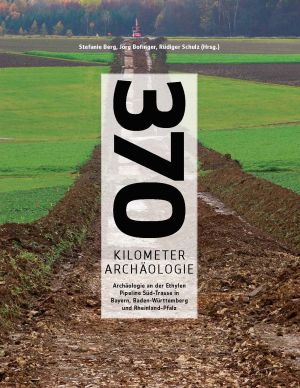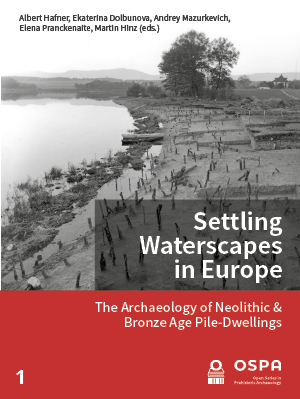Stephan, Elisabeth
Das Pleistozän von Untermassfeld bei Meiningen (Thüringen)
Part 3 of the Untermassfeld monograph contains the processing of the spectacular felid material recovered from the site, which includes jaguar, cheetah, cougar, lynx, dirk- and sabre-toothed cat finds. This richly illustrated volume also contains studies on insectivores, hares and rodents, herbivore-osteophagy, small mammal gnaw marks, and paleotemperature determinations. The volume concludes with an extensive account of the genesis of the fossil deposit as well as the Early Pleistocene paleoecology and biostratigraphy of Untermassfeld. Included in the volume are 15 excavation plans documenting more than two decades of field work. The articles are written in German or English and each has a detailed English summary
Mauenheim und Bargen: Zwei Grabhügelfelder der Hallstatt- und Frühlatènezeit aus dem nördlichen Hegau
The monograph deals with the Hallstatt cemetery of Immendingen-Mauenheim (district of Tuttlingen), which comprises 23 burial mounds and at least 10 small cremation graves between the mounds, and with the necropolis of Engen-Bargen (district of Constance), which consists of five tumuli. Both sites are located about 700 m apart in the northern Hegau, a few kilometres south of the Danube, between the Alps and the Black Forest. The study is based on a dissertation from the 1970s and is supplemented by new research devoted to specific finds and social and economic aspects. Animal grave goods from the tombs were analysed achaeozoologically. Anthropological studies of the skeletons from the Hallstatt period as well as research on mobility and nutritional status of humans and animals contribute to the reconstruction of Iron Age living conditions in south-western Germany.
370 Kilometer Archäologie - Archäologie an der Ethylen Pipeline Süd-Trasse in Bayern, Baden-Württemberg und Rheinland-Pfalz
Measuring more than 370 km in length, the route of the Ethylene Pipeline South runs through the three states of Bavaria, Baden-Württemberg and Rhineland-Palatinate. Between 2007 and 2011 archaeological excavations were carried out on the EPS route. The number of documented sites is in the hundreds, and more than 100 new discoveries impressively demonstrate that such a project has a literally incisive significance for our cultural landscape. Interesting new discoveries could be made even in supposedly well-investigated landscapes. The temporal span of the investigated sites ranges from the Stone Age to the Modern Age, and the spectrum of archaeological features is similarly complex.
Settling waterscapes in Europe: The archaeology of Neolithic and Bronze Age pile-dwellings
Pile dwellings have been explored all over Europe for decades now. This has led to the development of different methods and even schools of excavations and analysis techniques influenced by the research traditions in individual countries. This volume provides a current insight into international research on life in and around prehistoric waterscapes. It contains various case studies demonstrating the importance of scientific analysis for the study of settlement between land and water and on the anthropogenic influence on the landscapes around Neolithic and Bronze Age pile dwellings, presenting a new body of data and international perspectives on the settlement of European waterscapes.
Related research data are here.










